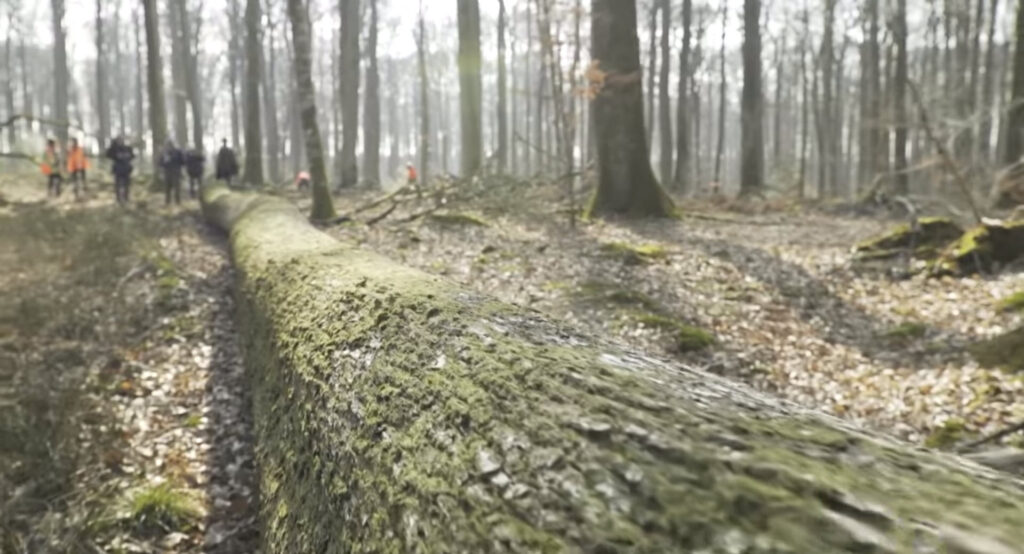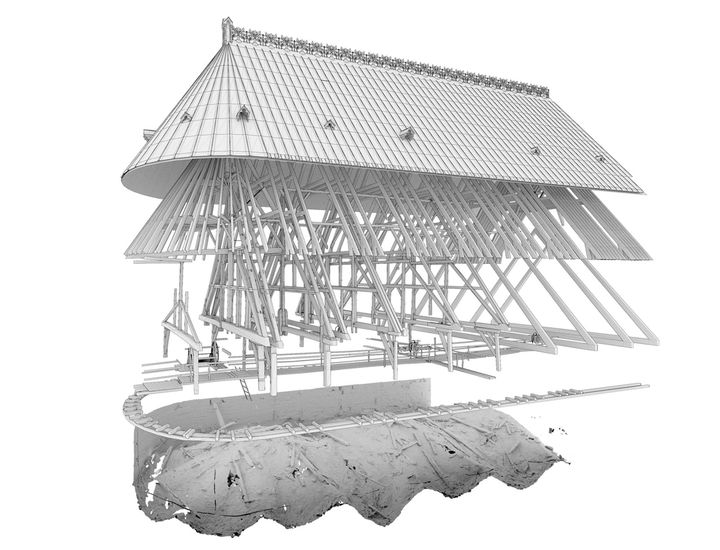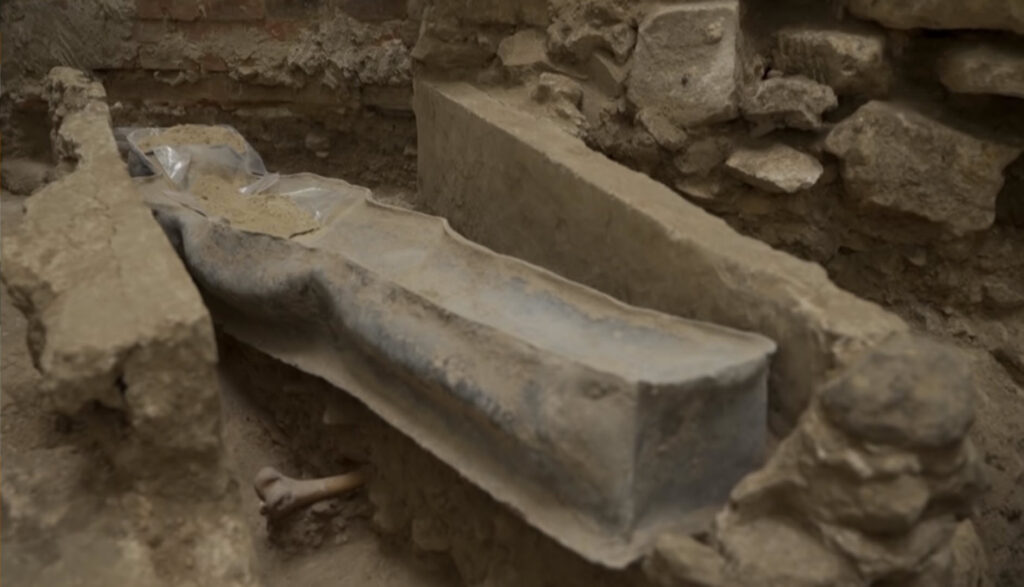+33 (0)1 40 41 96 42
You will be able to see it completely renovated in 2024, because the schedule will be kept. Hundreds of tradespeople are working on this project of unparalleled scale and complexity.

To prepare the reconstruction of the frame, 2000 oaks of 40 meters were selected, felled and cut into logs. These oaks, most of which are over 200 years old, were born before the French Revolution of 1789. The work was carried out under the supervision of the National Forestry Office, responsible for the maintenance, preservation and development of French forest heritage.
The logs will then have to dry then be assembled and mounted in 2023 following the original plans, according to the reconstitution developed by the CNRS.


Moisture caused by firefighters’ water and bad weather has caused salts to migrate to the surface of the stones, which risk crumbling. A gigantic task of cleaning and processing is therefore being carried out. A compress of half a millimeter made of kaolin, sand and demineralised water is placed on the stone. It will be withdrawn in a few months.
It is also necessary to fill the vaults that were destroyed in two places of the cathedral, when the spire fell. Stones from the Oise quarries are currently in the cutting and extraction phase.

Scaffolding was erected to reach all the interior parts of the cathedral, both to treat the salt-affected areas and to remove the lead oxide amalgamated with the dust that had settled on the stone. 6000 square meters at a height of 69 meters need to be dusted. This operation will make it possible to find forgotten colors.
With its 115 stops and 8000 pipes, this organ shares the title of largest organ in France with the Grand Organ of Saint Eustache. Almost all of its 8000 pipes were removed for cleaning and decontamination due to lead dust particles that were deposited during and after the fire.
The 19 wind chests, which form the base of the instrument on which the pipes rest and have the function of distributing the wind according to the stops selected by the organist, have also been contaminated with lead and have been dismantled. Their decontamination and maintenance has been entrusted to a Languedoc manufacturer of large organs in Lodève. There are 250 hours of work for each of the 19 wind chests.


The Cathedral’s 22 paintings on canvas of the17th and18th Centuries entered restoration in October 2021 for a period of 2 years. The alterations to Notre-Dame’s paintings are due to the natural ageing of the materials and not to the fire which, fortunately, did not affect the paintings. The restoration operation, unprecedented in its scale, must last two years, so that the canvases can return to the cathedral when it reopens.

A gigantic scaffold will have to be mounted at the transept to allow for the reconstruction of the spire. Its installation will be guaranteed by earthwork consisting of a 60cm screed of sand and clay.
Preventive excavations were undertaken prior to this earthwork. A lead sarcophagus dating from the Middle Ages has been discovered. It’s state of conservation is excellent. Who lies in this sarcophagus? It would be a personality of high rank since it was customary to bury certain dignitaries near the heart of the Cathedral.
Dozens of fragments of polychrome sculptures were also found. They belong to a13th century jubé (or rood screen) which was destroyed and buried in the18th century.


The project plans to pilot, in the lower part of the nave, a lighting system that will adapt to the liturgical calendar, thanks to luminaries that will be installed at the level of the pews. For example, it is possible to have colder lighting on Good Friday and, on the contrary, more cheerful and flamboyant lighting on Easter Sunday.


Reconstruction of the framework, nave, core and spire will begin in the spring of 2023. The reopening of the cathedral is still planned for 2024, five years after the fire, the causes of which are still unknown.

19, rue des Prêtres-Saint-Germain-l'Auxerrois
75001 Paris
+33 (0)1 40 41 96 42